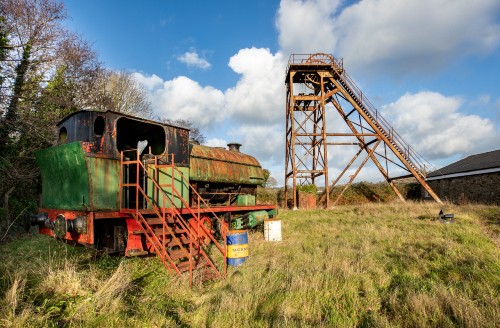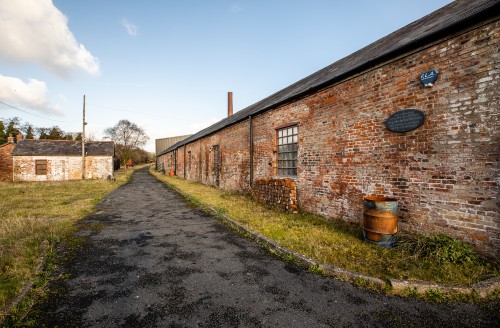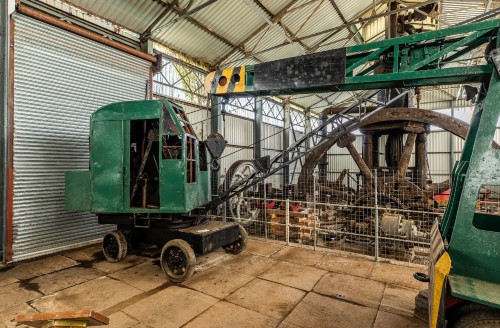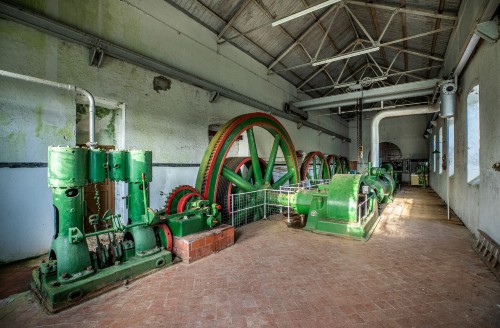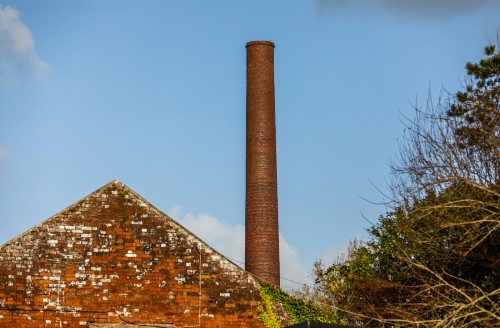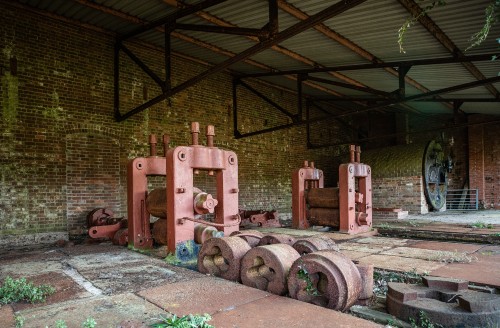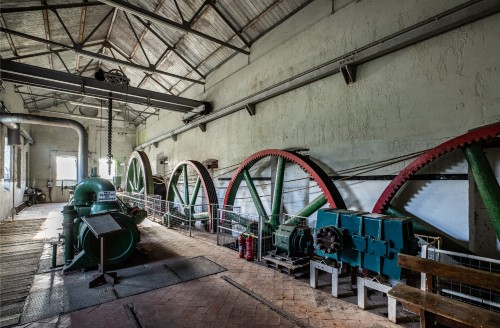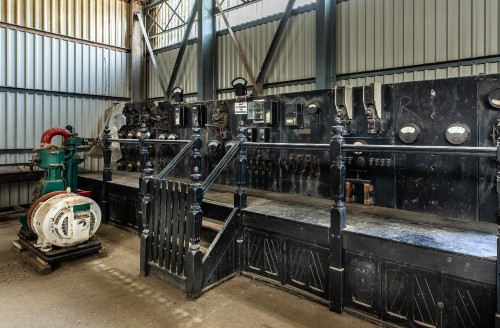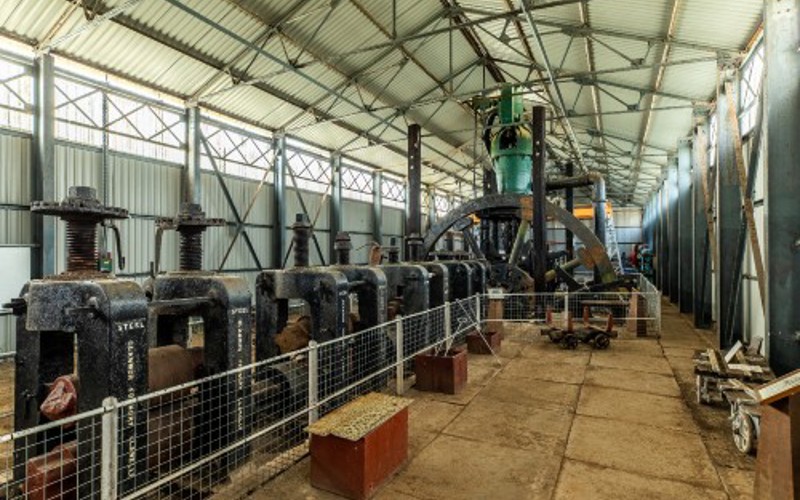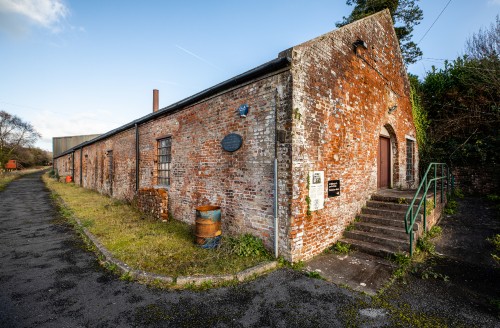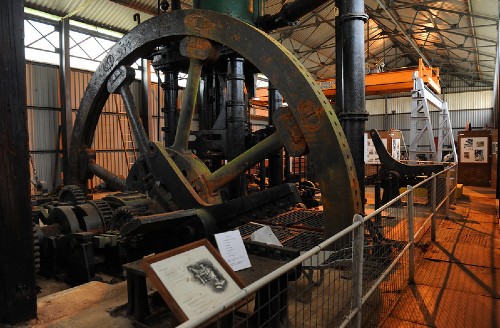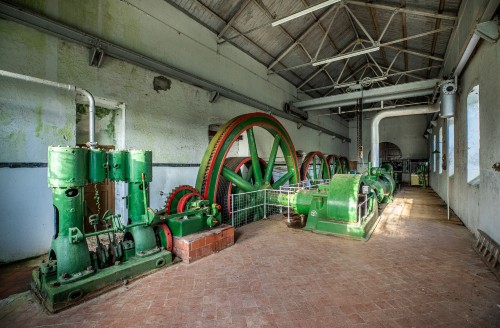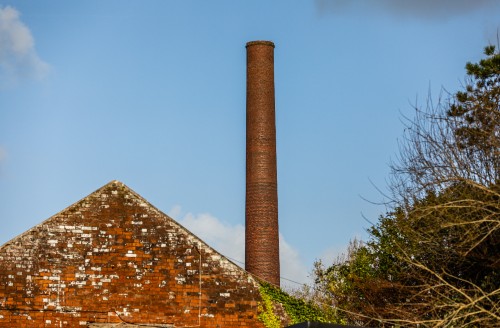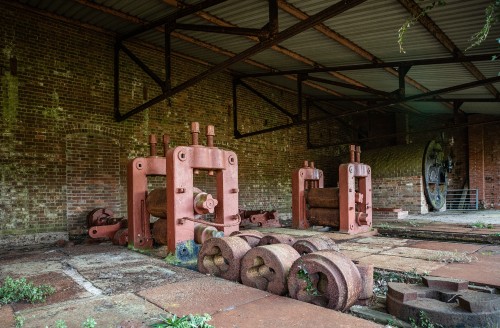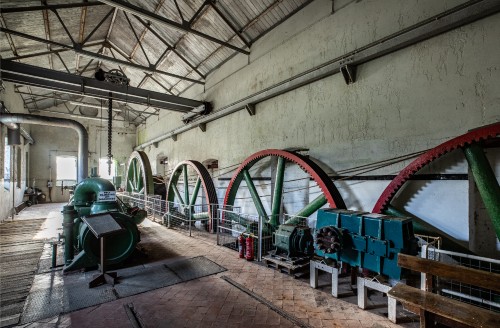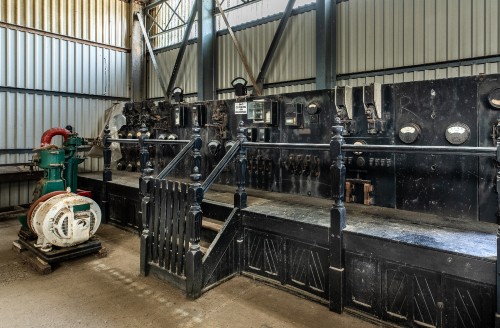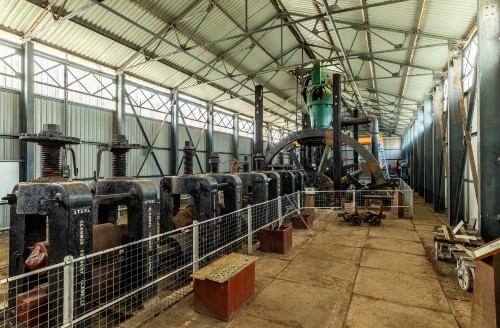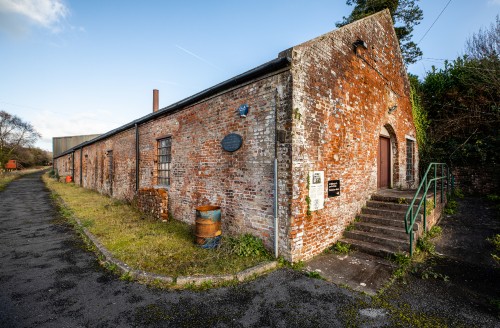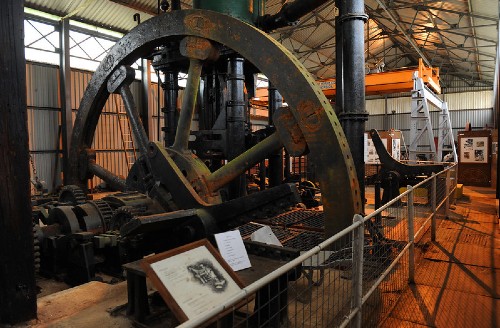Kidwelly Industrial Museum
Kidwelly, SA17 4LW
The museum preserves what was one of Britain's first tinplate works and is now the oldest tinplate works to be found anywhere in Europe. Because it survives, the old works has a special place in the story of Britain's Industrial Revolution. Nearly half of the world’s tinplate was manufactured in Wales in the 19th century, much of it in Carmarthenshire.
The museum interprets the packmill process, where bars of wrought iron were brought by train and then transformed by steam, heavy machinery, heat and chemical processes into tinned sheets. Heavy boxes of sheets were transported to stamping works where they were pressed into products, many of which were then enamelled. British tinplate goods were exported world-wide.
The site would be perfect for period dramas, sci-fi shows with dystopian themes, or a range of other uses. The scale of some of the buildings and machinery inside make for exceptional opportunities for creative film productions.
Parking: There is ample parking onsite, but alternative arrangements may need to be made for larger vehicles or larger production crews.
Catering: Potentially. There is plenty of room onsite, both inside and outside, but arrangements would have to be made well in advance if electricity or water were required onsite.
Filming restrictions: Filming could potentially be undertaken on any days of the week if given enough notice. No staff currently work onsite, but arrangements could be made for staff to be in attendance during filming days to facilitate access.
Electricity and water are currently not available onsite. However, arrangements may be made to reconnect supplies if compensated adequately.
There are potential health and safety risks onsite, so risk assessments would need to be undertaken and a plan put in place to mitigate all issues identified.
Mitigations may need to be put in place to safeguard collection objects.
Food and drink would be limited to certain areas of the property to avoid harm to collection objects.
Drone restrictions: Uncertain
Set in a pleasant valley, the site is in close proximity of the river and woodland area, which contains a number of protected species, offers a useful variety of landscapes and scenes all in one site.
There are two buildings of Grade II and one of Grade II* listing.
- The site
- Outbuildings
- Onsite vehicles


